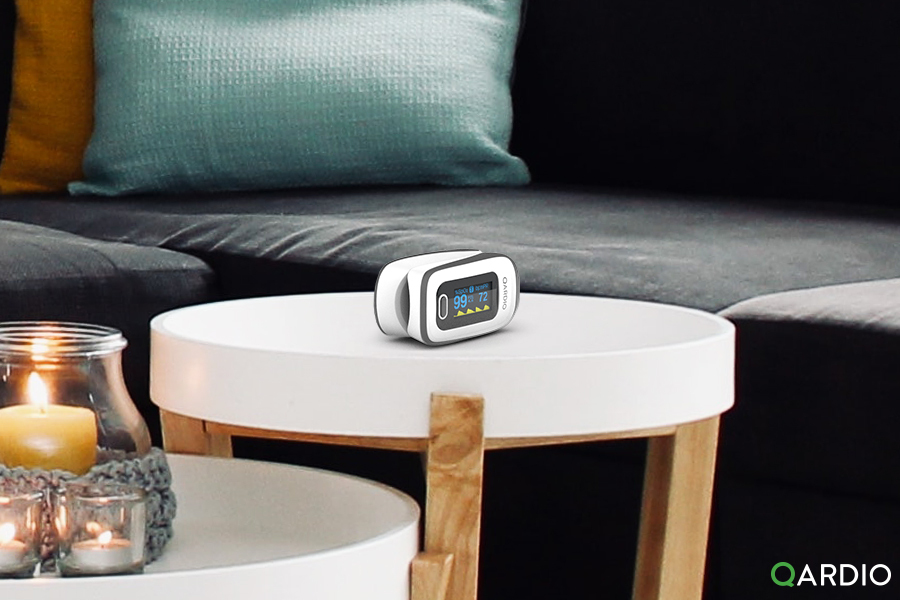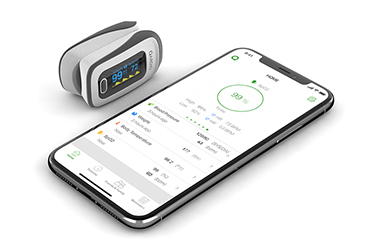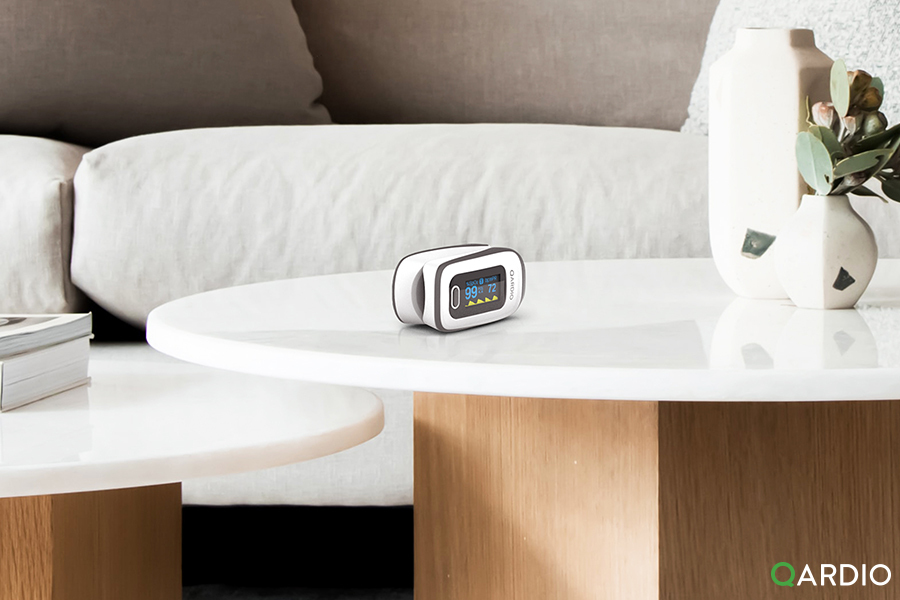Oxygen is the fuel body cells need in order to survive. Without oxygen, they would start malfunctioning and eventually die. Since oxygen cannot travel by itself through our system, it needs to adhere to a protein called hemoglobin, found in the red cell of our blood. When molecules of oxygen and hemoglobin get together, oxyhemoglobin is produced.
Back in 1974, Dr. Takuo Aoyagi, a Japanese Bioengineer, designed the first pulse oximeter, a life-saving device that clips on a finger and shows the level of oxygen in the blood. Initially seen only in clinics and hospitals, pulse oximeters can now be purchased almost everywhere. Nowadays, they are considered to be essential for any house.
What are the benefits of having a pulse oximeter at home?
1. Pulse oximeters are useful for people with conditions that affect oxygen saturation.
People with sleep apnea or severe snoring normally experience drops in their oxygen saturation levels and need a pulse oximeter to monitor. Other conditions that affect blood oxygen levels are heart attacks, heart failure, chronic obstructive pulmonary disease (COPD), anemia, lung cancer, asthma, and pneumonia.
2. They provide feedback about the effectiveness of breathing interventions.
Patients connected to ventilators or undergoing oxygen therapy normally need to monitor their oxygen saturation levels during their recovery process.
3. Help people with cardiovascular or respiratory problems who need to exercise.
The recovering process after a stroke, heart attack, or even people with asthma always requires some sort of physical activity. Performing these actions can be demanding for these patients and it is recommended for them to wear a pulse oximeter while exercising to assess the safety of the physical activity.
4. Early detection of hypoxia.
Hypoxia is known as the condition on which blood oxygen levels stay low for a prolonged period of time. Although not everyone should be measuring their oxygen saturation levels every day, it is recommended to take measurements every now and then to detect any anomalies early on. In adults, the normal range of SpO2 is between 95 and 100%.
Why should you keep a SpO2 meter at home during the pandemic?
Before the COVID-19 pandemic started, pulse oximeters were only recommended on patients with a condition that would affect the levels of oxygen saturation in their blood. However, since low oxygen saturation levels can be a sign of COVID-19, doctors started recommending having pulse oximeters at home.
COVID-19 symptoms normally include shortness of breath. When this happens, it is normal to expect a drop in the oxygen saturation levels in the patient’s blood. However, some patients have developed ‘’silent hypoxia’’ which is a condition where people look and feel good, don’t notice any shortness of breath, but their oxygen levels are dangerously low. This has been seen in patients who are at home or at the hospital and can only be diagnosed with a pulse oximeter.
Where can I get a pulse oximeter?
Pulse oximeters, also known as SpO2 meters, can be found almost anywhere. At Qardio, we have a pulse oximeter called QardioSpO2. It provides real-time information about your blood oxygen levels and pulse rate. It works with the Qardio App to help you keep track of your historical data. This compact and reliable monitor is the perfect option for anyone recovering from COVID-19 and with heart and lung conditions.
Sources




